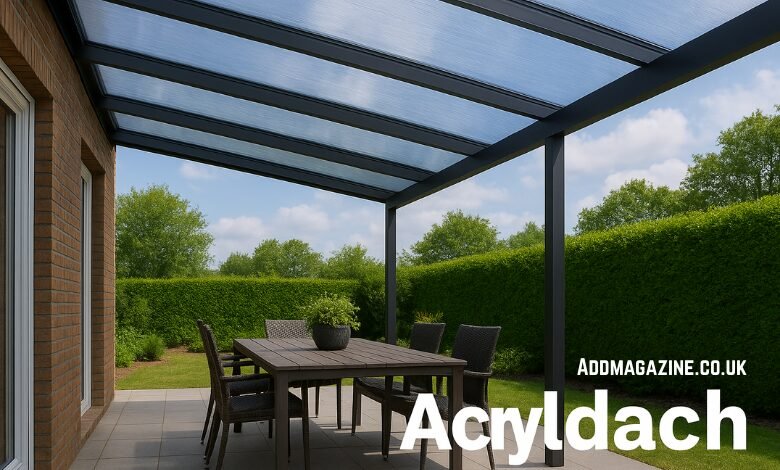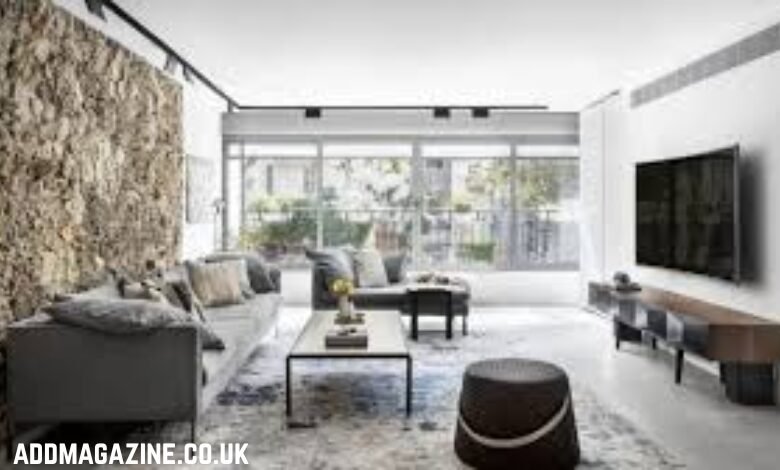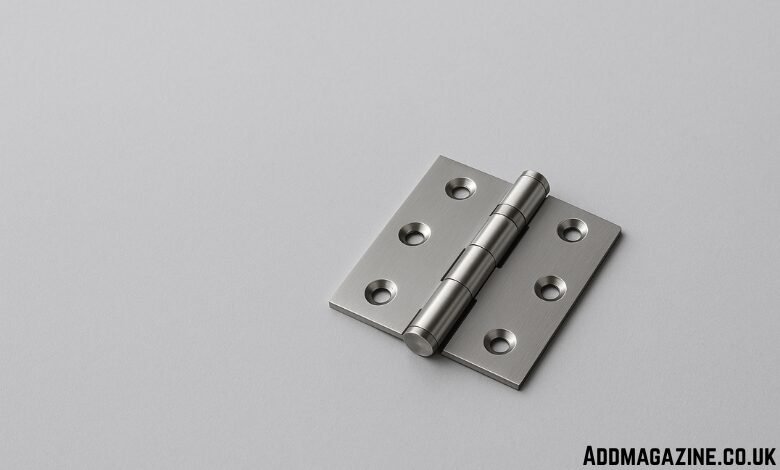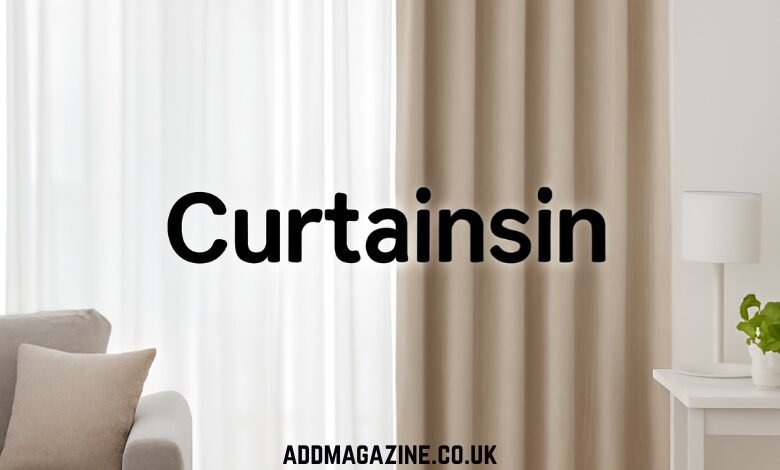The term Acryldach refers to roofing systems or coverings made from acrylic sheets. Acrylic, technically known as polymethyl methacrylate (PMMA), is a transparent thermoplastic often used as a lightweight alternative to glass. When shaped and installed as roofing material, it combines light transmission with durability and resistance to weather.
Acryldach has become a practical solution for both residential and commercial applications. From carports and terraces to skylights and industrial halls, acrylic roofing provides protection while maintaining brightness. Unlike traditional glass, it is shatter-resistant, easier to handle, and lighter in weight.
This article explores the material properties, common uses, advantages, limitations, and the overall relevance of acrylic roofing in today’s construction and design practices.
Material and Properties
What Acrylic Is
Acrylic (PMMA) is a synthetic polymer first developed in the 1920s. It is transparent, strong, and resistant to UV radiation and weathering. Its optical clarity is close to that of glass, transmitting up to 92% of visible light.
Key Properties Relevant to Roofing
- Transparency: High light transmission makes it suitable for spaces requiring natural daylight.
- Strength: More impact-resistant than glass, reducing risk of breakage.
- Weight: About half the weight of glass, simplifying installation.
- Weather Resistance: Resistant to rain, snow, wind, and UV rays.
- Formability: Can be molded into curved or shaped roofing panels.
- Durability: Lifespan of 15–30 years depending on thickness and exposure conditions.
Thickness and Variants
Acryldach panels typically range between 2 mm and 16 mm in thickness. They may come as flat sheets, corrugated panels, or double-wall sheets with air gaps for thermal insulation. Manufacturers often add coatings to enhance UV resistance or reduce glare.
Applications of Acryldach
Acrylic roofing finds wide use in different contexts because of its transparency and resilience. Common applications include:
- Carports – Protecting vehicles from sun and rain while maintaining visibility.
- Terraces and Patios – Allowing homeowners to enjoy natural light without exposure to direct rainfall.
- Pergolas and Balconies – Offering partial enclosure and weather protection.
- Greenhouses – Supporting plant growth by maximizing light transmission while filtering harmful UV rays.
- Industrial Buildings – Used in skylights and daylighting systems to reduce reliance on artificial lighting.
- Public Facilities – Roofing for bus stops, walkways, and sports arenas.
In each of these settings, the material balances strength with aesthetics and practicality.
Comparison with Other Roofing Materials
Acrylic vs. Glass
- Weight: Acrylic is lighter, reducing structural load.
- Impact Resistance: Acrylic resists breaking better than glass, but the surface is more vulnerable to scratching.
- Light Transmission: Both allow high transparency, but acrylic filters UV rays more effectively with special coatings.
Acrylic vs. Polycarbonate
- Durability: Polycarbonate is tougher in terms of impact resistance.
- Clarity: Acrylic provides better optical clarity and resists yellowing over time.
- Cost: Acrylic is generally more affordable.
Acrylic vs. Metal Roofing
- Light Transmission: Acrylic provides natural light, while metal blocks it.
- Weight: Acrylic is lighter than most metals.
- Durability: Metal may last longer but requires more maintenance against corrosion.
Each comparison highlights that the choice depends on the intended function—strength, clarity, or longevity.
Installation Process
Installing an Acryldach requires attention to detail, as improper handling may lead to cracks or reduced performance.
Steps Typically Involved
- Planning and Measurement: Assessing the roof area and choosing appropriate sheet thickness.
- Support Structure: Building frames from wood, aluminum, or steel to support the sheets.
- Cutting and Shaping: Acrylic sheets are cut to size using saws designed for plastics.
- Fixing: Panels are fixed with screws and sealing gaskets to allow thermal expansion.
- Sealing Joints: Silicone or rubber seals prevent leaks.
- Finishing: Edges are smoothed and protective films removed.
Professional installation is often recommended for larger projects to ensure safety and durability.
Maintenance and Lifespan
Acryldach panels require minimal but regular maintenance.
Cleaning
- Use gentle soap with water and apply using a soft sponge or cloth to maintain surface quality.
- Avoid abrasive cleaners that can scratch the surface.
- Rinse thoroughly to remove residues.
Lifespan
Depending on quality and exposure, acrylic roofs last 15–30 years. Coated panels with UV protection typically extend their service life.
Repairs
Scratches can be polished, and minor cracks may be sealed with acrylic adhesives. Severely damaged panels usually require replacement.
Advantages of Acryldach
- Natural Light – Maximizes daylight use, reducing energy costs for lighting.
- Lightweight – Easier transport and installation compared to glass or metal.
- Safety – Shatter-resistant, reducing risk of injuries.
- Versatility – Available in multiple designs, shapes, and finishes.
- UV Protection – Prevents harmful rays with protective coatings.
- Cost-Effective – Generally less expensive than glass or polycarbonate in many applications.
Disadvantages of Acryldach
- Scratch Sensitivity – Can scratch more easily than glass or metal.
- Expansion and Contraction – Requires proper installation to allow for temperature-related movement.
- Limited Impact Resistance – Stronger than glass, but weaker than polycarbonate.
- Color Fading – Inferior acrylic panels may lose clarity and develop a yellow tint after prolonged sun exposure.
- Insulation Limitations – Single sheets provide less thermal insulation compared to double-walled designs.
Environmental Aspects and Sustainability
Recycling
Acrylic is recyclable, but recycling facilities for PMMA are less common than for metals or glass. Mechanical recycling allows it to be reprocessed into new sheets.
Energy Efficiency
By allowing daylight to pass through, acrylic roofs reduce the need for artificial lighting, lowering energy consumption.
Environmental Concerns
Production of acrylic involves petrochemical processes. However, longer lifespan and recyclability help offset the environmental cost compared to disposable plastics.
Costs and Market Overview
Pricing Factors
The cost of an Acryldach depends on:
- Thickness and type of acrylic sheet.
- Additional coatings for UV or scratch resistance.
- Shape (flat, corrugated, or multi-wall).
- Installation costs.
Average Costs
- Standard sheets: Mid-range, generally cheaper than polycarbonate but costlier than basic corrugated metal sheets.
- High-quality coated sheets: Higher upfront cost but extended lifespan and performance.
Market Trends
The demand for acrylic roofing is rising due to its role in energy-efficient building design and outdoor living spaces. Manufacturers compete by offering improved coatings, better insulation designs, and recyclable options.
Conclusion
Acryldach, or acrylic roofing, represents a balanced solution between transparency, durability, and cost. It offers the clarity of glass without the weight, and while it does not match polycarbonate in impact strength, it provides better optical stability over time.
Its use in carports, terraces, greenhouses, and skylights demonstrates versatility. Proper installation and maintenance ensure a lifespan of up to three decades, making it a reliable choice for both residential and commercial projects.
As construction trends continue to favor lightweight, energy-efficient, and adaptable materials, acrylic roofing holds a strong place in the market. For anyone considering a roofing material that combines light transmission with durability and moderate cost, Acryldach is a practical and proven option.




